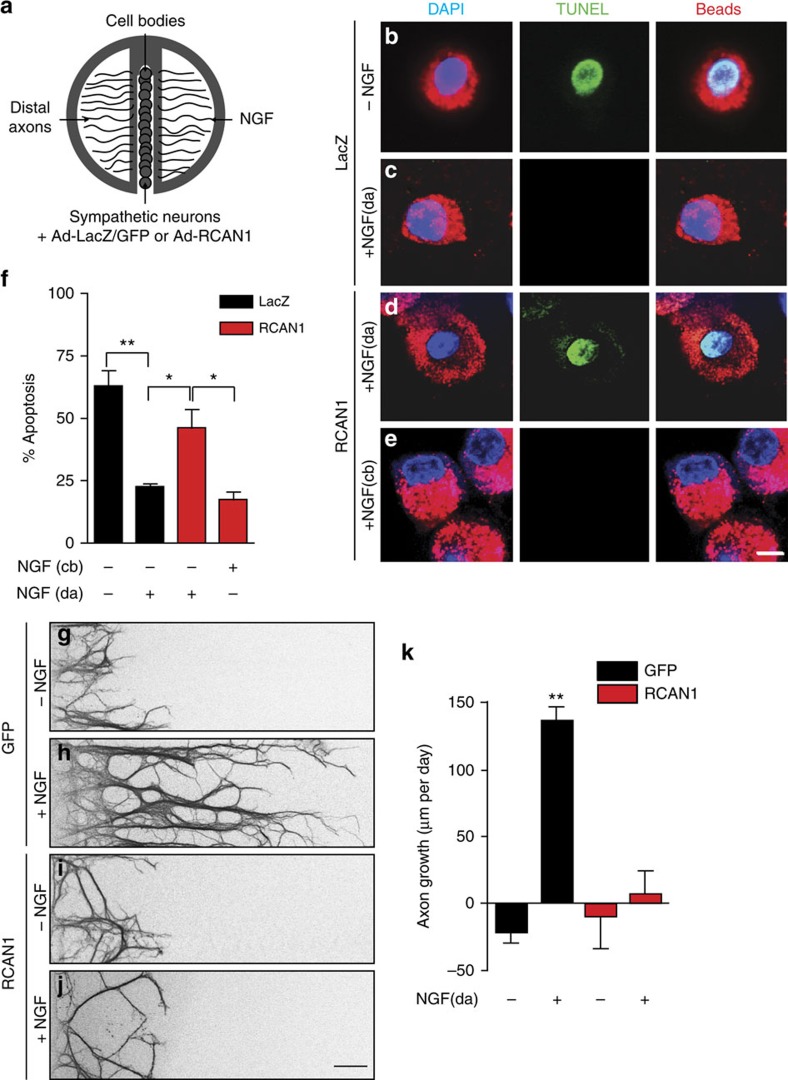Figure 5. Excess RCAN1 perturbs NGF-dependent trophic support of sympathetic neurons.
(a) Sympathetic neurons were grown in compartmentalized cultures, infected with RCAN1 or control LacZ or GFP adenoviruses, and NGF-dependent neuronal survival and axon growth was measured. (b) TUNEL labelling (green) indicates neuronal apoptosis in the presence of a neutralizing NGF antibody (anti-NGF, added to both cell body and axonal compartments). (c) Neuronal survival with NGF (100 ng per ml) present only on distal axons (da) in control LacZ-infected neurons. (d,e) RCAN1 overexpression compromises neuronal survival when NGF is present on distal axons (da) but not when NGF is added directly to cell bodies (cb). Neuronal apoptosis was assessed in neurons that had extended axons into the side chambers, visualized by retrograde accumulation of fluorescent microspheres (red). Neuronal nuclei are labelled with DAPI (blue). Scale bar, 10 μm. (f) Neuronal apoptosis was calculated by determining the percentage of projecting neurons that were TUNEL-positive. *P<0.05, **P<0.01, results are means±s.e.m. from four independent experiments. (g–j) NGF-dependent axon growth is abolished by RCAN1 overexpression. Compartmentalized cultures of sympathetic neurons expressing GFP or RCAN1 were either deprived of NGF by including anti-NGF (1:1,000) in media bathing cell body and axon compartments (g,i), or maintained with NGF (100 ng per ml) added solely to the axonal compartments (h,j). The caspase inhibitor, BAF (50 μM), was included in all experiments to prevent cell death. Panels in g–j are representative images of axons immunostained with anti-β-III tubulin 24 h after addition of anti-NGF or NGF to distal axons. Scale bar, 50 μm. (k) Quantification of axon growth in compartmentalized cultures. Rate of axon extension (μm per day) was assessed in 24 h intervals for a total of 72 h. Results are means±s.e.m. from five independent experiments. **P<0.01 different from all other conditions. One-way ANOVA followed by Tukey's post-hoc test for f, and two-way ANOVA and Bonferroni post-hoc test for k.

